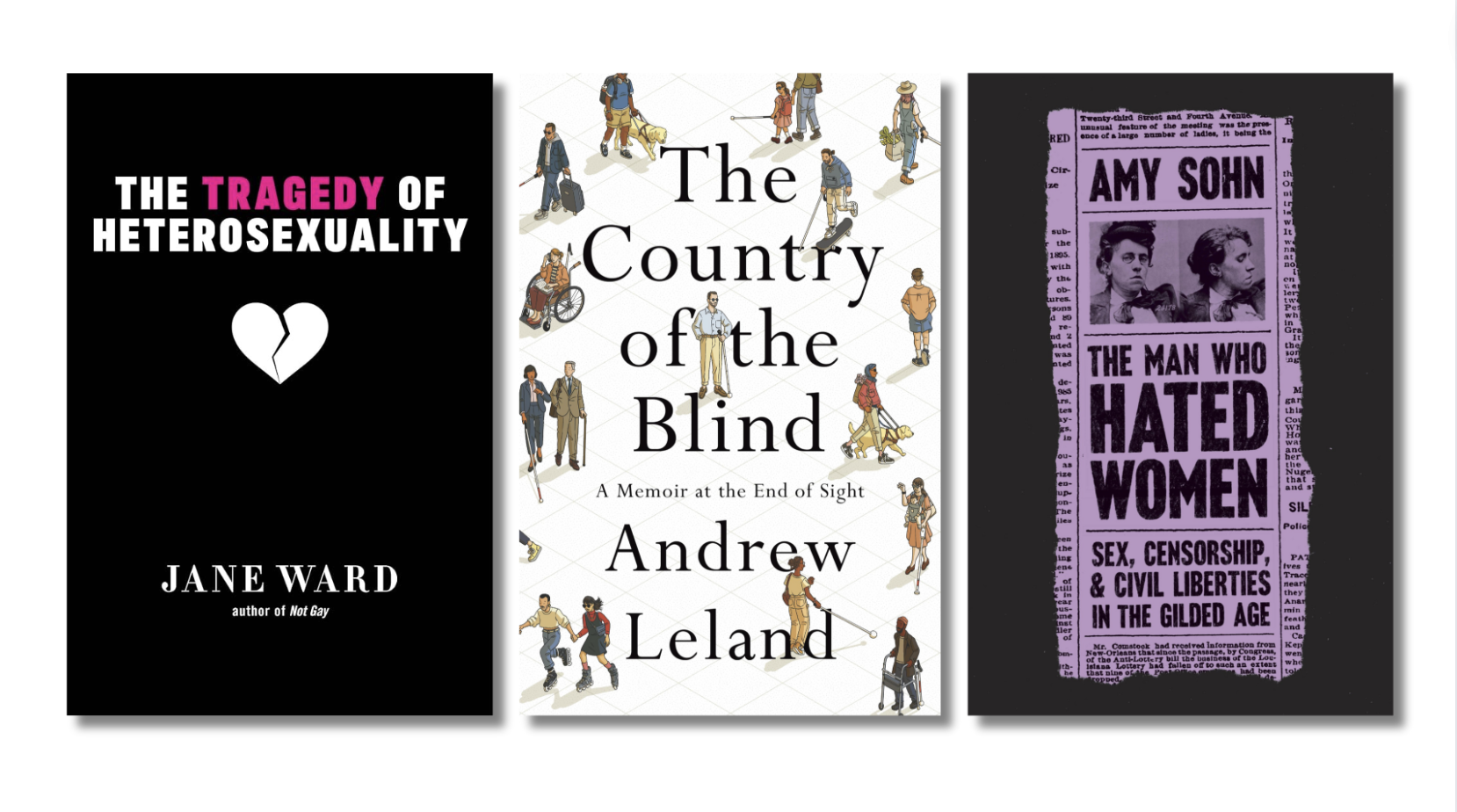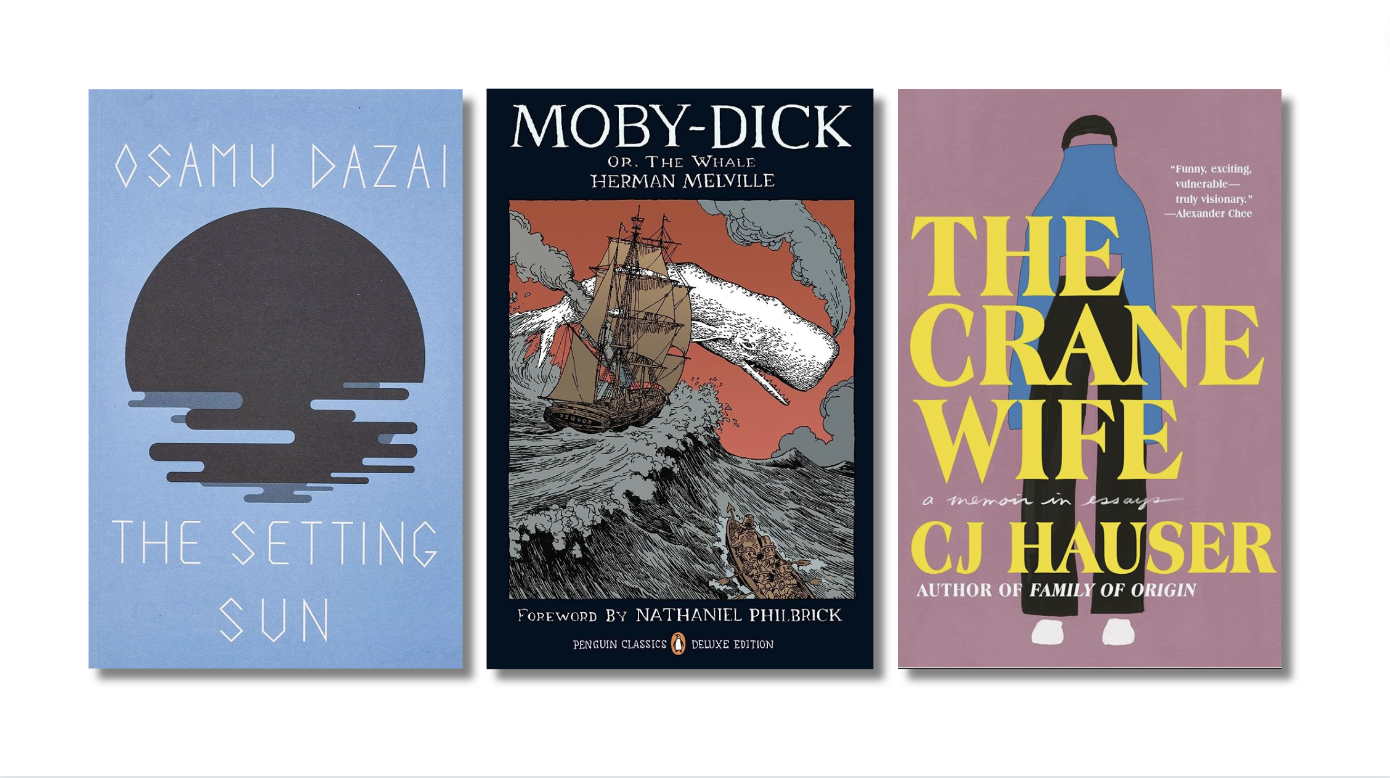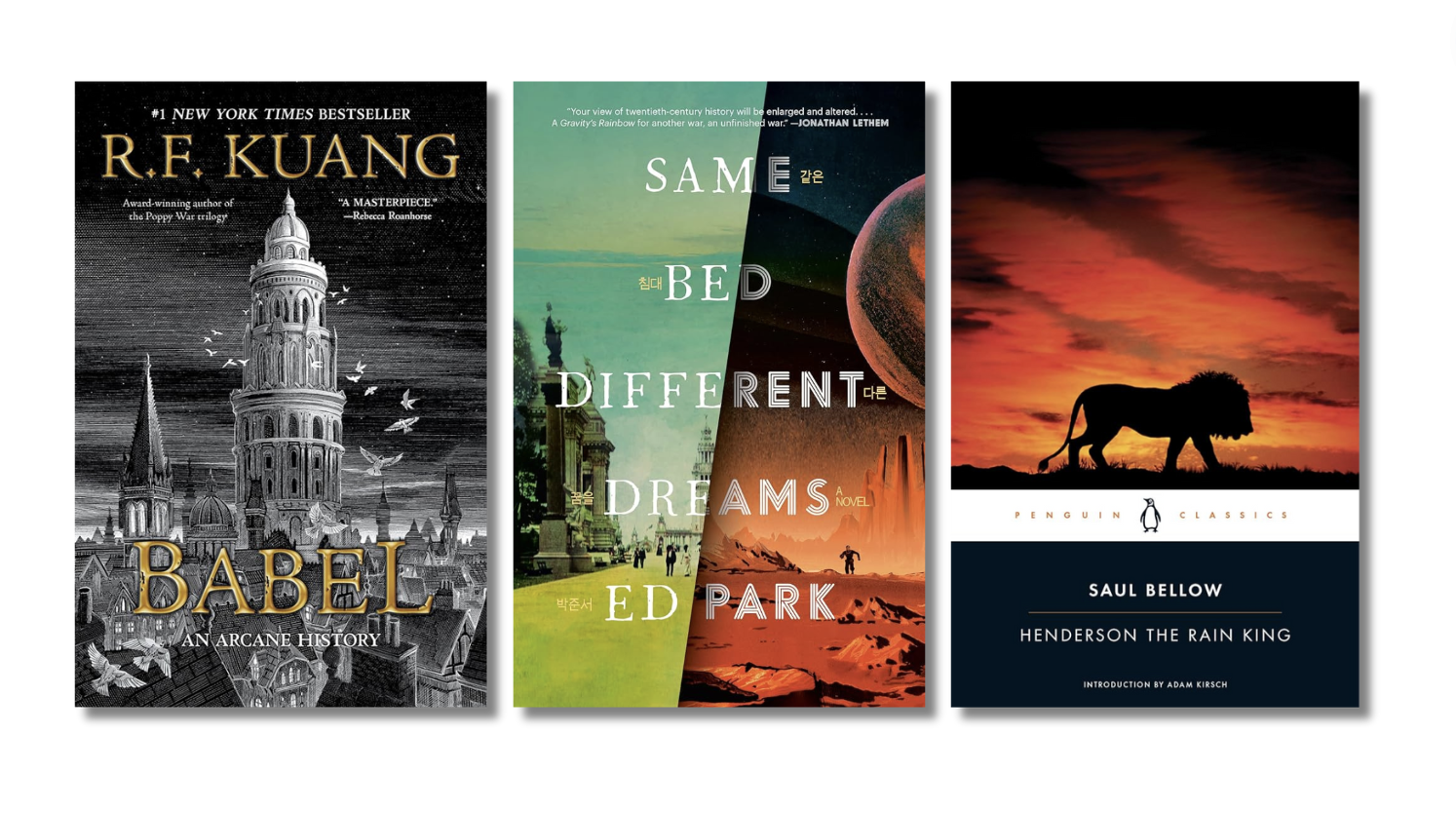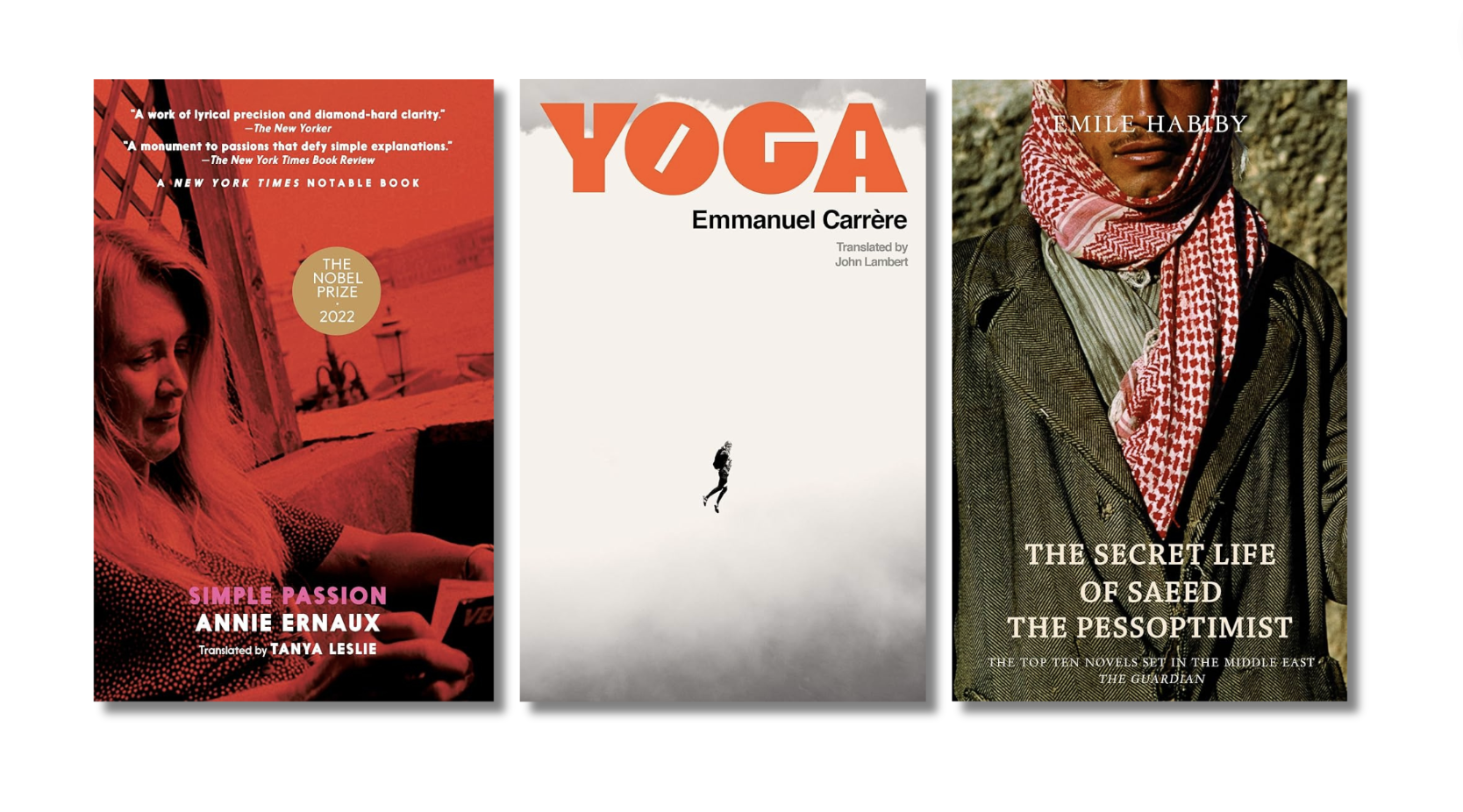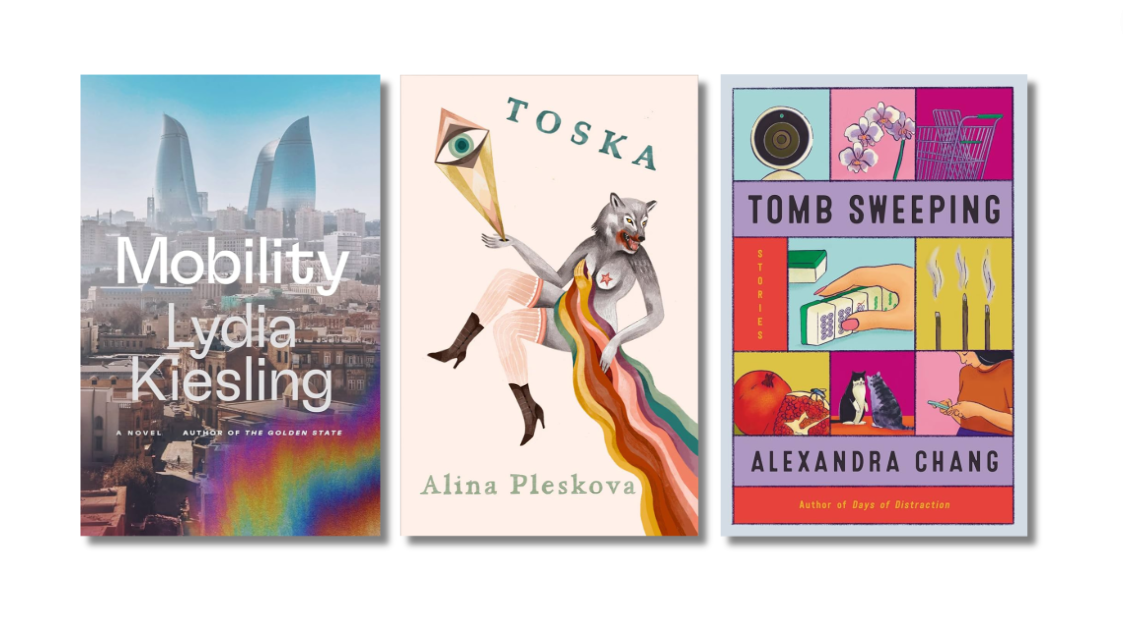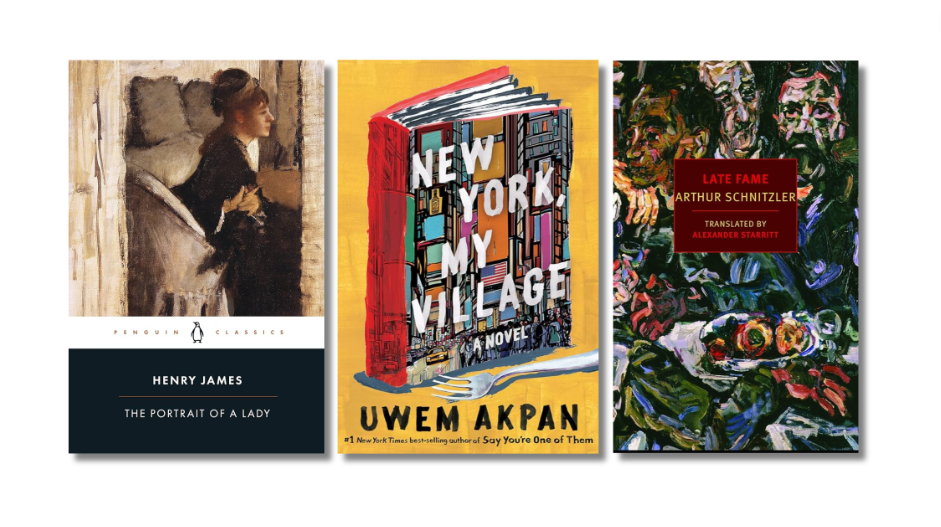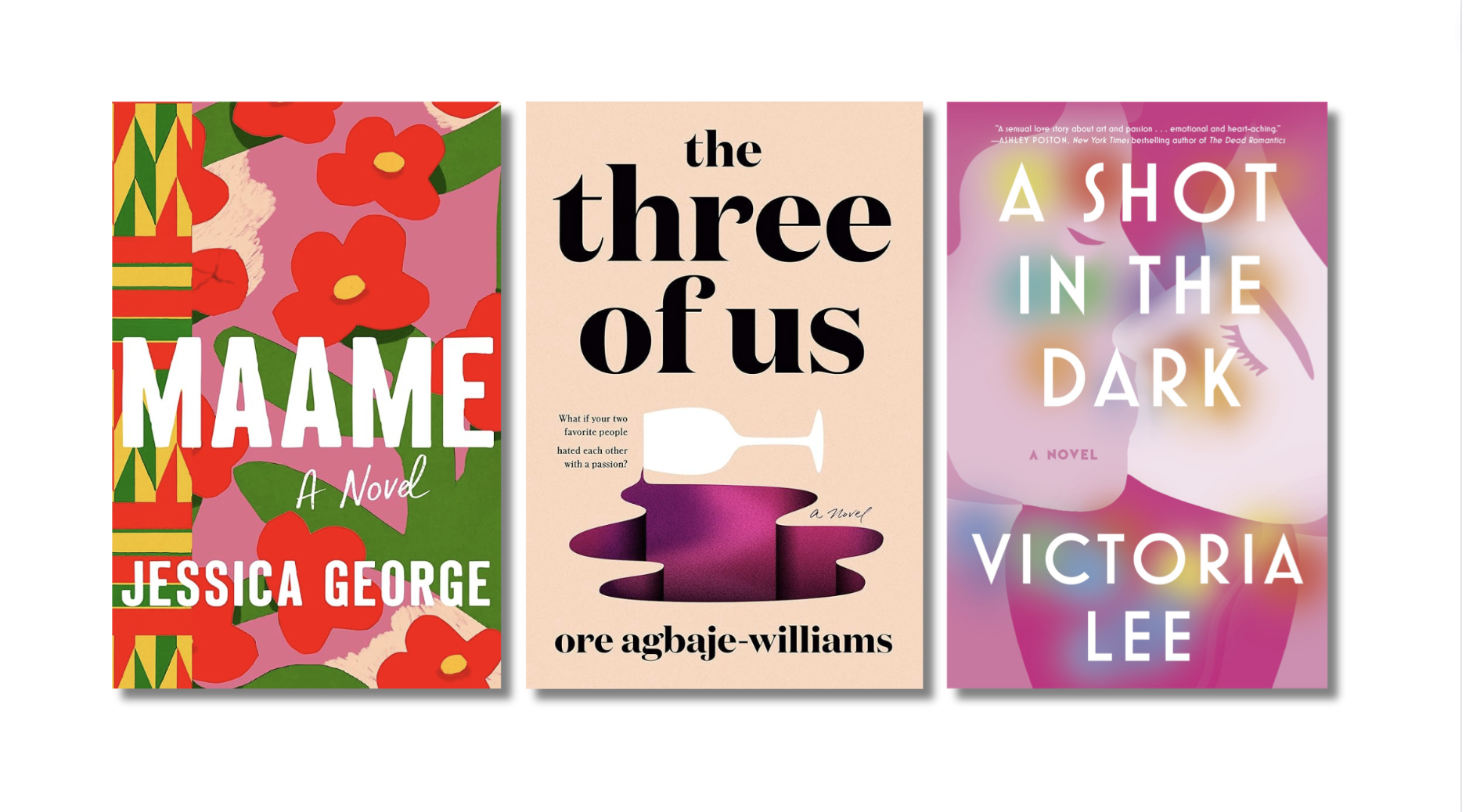They say imitation is the sincerest form of flattery. It’s a writer’s rite of passage and also her curse. Gabriel Garcia Marquez admitted to copping from Kafka when he began writing short stories. Zadie Smith borrowed the structure of On Beauty from Forster’s Howard’s End. Most writers try on the voices of writers they admire, at least until they carve out their own. William Faulkner famously said that a novelist “is completely amoral in that he will rob, borrow, beg, or steal from anybody and everybody to get the work done.” While it seems that Faulkner was speaking of a writer’s resources, this also applies to the work on the page — stealing material from other sources, be it books, writers, lives.
This year, as I embarked on a novel, I became a kind of kleptomaniac, with all of the ghosts and voices and ideas from the books I’d just read haunting my attempts to put words on the page. Adoring a book meant that some aspect of it either influenced or turned up in my own writing, often catabolized and not in flattering ways. And I learned that while I’m good at stealing, I’m not very good at covering my tracks.

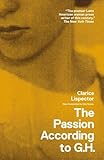 That being said, what follows is a list of the books that occupied my mental space this year, a list that I borrowed from mindfully or unconsciously, and a few that I’d still like to steal from (but will try to withhold from), a list beginning with books by two Brazilian female authors who were also friends, Clarice Lispector and Hilda Hilst. Both Lispector’s Passion According to G.H. and Hilst’s The Obscene Madame D are intense, sprawling fictions whose action, paradoxically, is extremely limited. In Lispector’s book, G.H. crosses the room to kill a cockroach and in Hilst’s, a dead husband sits atop the stairs while speaking with his wife, hidden below. This physical stillness opens an intimacy and interiority that lets them transcend time, and leads to an interrogation of the nature of the big questions, identity, existence, language, death, and life.
That being said, what follows is a list of the books that occupied my mental space this year, a list that I borrowed from mindfully or unconsciously, and a few that I’d still like to steal from (but will try to withhold from), a list beginning with books by two Brazilian female authors who were also friends, Clarice Lispector and Hilda Hilst. Both Lispector’s Passion According to G.H. and Hilst’s The Obscene Madame D are intense, sprawling fictions whose action, paradoxically, is extremely limited. In Lispector’s book, G.H. crosses the room to kill a cockroach and in Hilst’s, a dead husband sits atop the stairs while speaking with his wife, hidden below. This physical stillness opens an intimacy and interiority that lets them transcend time, and leads to an interrogation of the nature of the big questions, identity, existence, language, death, and life.


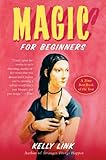 I reread and recommend Kelly Link’s collection Magic For Beginners, and I specifically adore one story, “The Faery Handbag.” It’s an incredible mash-up of fairytale and conventional story of love and loss, with a speculative element and other disparate items jammed in, too, including and most importantly, a grandmother’s lost handbag that literally contains a village. Herta Müller’s The Passport sits on this list for its haunting imagery and simple beauty that builds an ominous village landscape, with flies buzzing and a tree that eats its own apples. Even cutting a melon is a menacing act. Dodie Bellamy’s Cunt-Ups is all sex and sharp edges. She borrowed from William Burroughs’s cut-up method, taking scissors to her erotic poetry and laying them out in lusty and violent (re)configurations Joanna Ruocco’s stories in Man’s Companions are concise gems, playful and linguistically surprising, evoking a synesthesia of ideas. Veronica Gonzalez Peña’s The Sad Passions is told in six distinct voices that reveal facets of a shared family history — a mother’s mental illness, a sister sent away, and another born very late. Blood connects the characters but the cities they inhabit are also organisms, spaces where each person becomes “a cell within its system.” Heidi Julavits’s The Vanishers won me over with its intricate plotting, exquisite language, and fantastical premise (its protagonist Julia Severn is enrolled at an institute for parapsychology). I would likely be smitten with any book that connects elements of parapsychology, experimental French film, performance art, and characters who wear the guise of another. The stories in Amina Cain’s Creatures are intricate structures, with sentences like lattice work that create open spaces that breathe and become like living organisms themselves. Beatriz Preciado’s Testo Junkie is a mélange of manifesto, memoir, novel, and social critique — a book that actively attacks divisions of genre and gender as the genderhacking author documents her experiments with testosterone gel. Matias Viegener reappropriates the status update in his 2500 Random Things About Me Too. Originally published piecemeal on Facebook, the collected lists tuck online voyeurism into a book that’s just as addictive and binge-worthy and beautiful. It’s also charming, gossipy, thoughtful, and intelligent — a memoir distilled to its essence. Agnes Denes’s Book of Dust is another book of lists that ends this list. Denes is a land artist with a poetic sensibility. In Book of Dust she uses dust as a metaphor for human life in order to explore the scope of the universe, including the powders that give life and the ones that kill (meteoric, radioactive, and happy dusts included); it begins with the birth of the universe and stretches to speculate on potential catastrophic futures that seem relevant today, despite having been written over 40 years ago. Denes said of an earlier artwork, a time capsule that she made and buried, “It was about communication with the earth and communicating with the future.” The same intent and preoccupation applies here.
I reread and recommend Kelly Link’s collection Magic For Beginners, and I specifically adore one story, “The Faery Handbag.” It’s an incredible mash-up of fairytale and conventional story of love and loss, with a speculative element and other disparate items jammed in, too, including and most importantly, a grandmother’s lost handbag that literally contains a village. Herta Müller’s The Passport sits on this list for its haunting imagery and simple beauty that builds an ominous village landscape, with flies buzzing and a tree that eats its own apples. Even cutting a melon is a menacing act. Dodie Bellamy’s Cunt-Ups is all sex and sharp edges. She borrowed from William Burroughs’s cut-up method, taking scissors to her erotic poetry and laying them out in lusty and violent (re)configurations Joanna Ruocco’s stories in Man’s Companions are concise gems, playful and linguistically surprising, evoking a synesthesia of ideas. Veronica Gonzalez Peña’s The Sad Passions is told in six distinct voices that reveal facets of a shared family history — a mother’s mental illness, a sister sent away, and another born very late. Blood connects the characters but the cities they inhabit are also organisms, spaces where each person becomes “a cell within its system.” Heidi Julavits’s The Vanishers won me over with its intricate plotting, exquisite language, and fantastical premise (its protagonist Julia Severn is enrolled at an institute for parapsychology). I would likely be smitten with any book that connects elements of parapsychology, experimental French film, performance art, and characters who wear the guise of another. The stories in Amina Cain’s Creatures are intricate structures, with sentences like lattice work that create open spaces that breathe and become like living organisms themselves. Beatriz Preciado’s Testo Junkie is a mélange of manifesto, memoir, novel, and social critique — a book that actively attacks divisions of genre and gender as the genderhacking author documents her experiments with testosterone gel. Matias Viegener reappropriates the status update in his 2500 Random Things About Me Too. Originally published piecemeal on Facebook, the collected lists tuck online voyeurism into a book that’s just as addictive and binge-worthy and beautiful. It’s also charming, gossipy, thoughtful, and intelligent — a memoir distilled to its essence. Agnes Denes’s Book of Dust is another book of lists that ends this list. Denes is a land artist with a poetic sensibility. In Book of Dust she uses dust as a metaphor for human life in order to explore the scope of the universe, including the powders that give life and the ones that kill (meteoric, radioactive, and happy dusts included); it begins with the birth of the universe and stretches to speculate on potential catastrophic futures that seem relevant today, despite having been written over 40 years ago. Denes said of an earlier artwork, a time capsule that she made and buried, “It was about communication with the earth and communicating with the future.” The same intent and preoccupation applies here.
More from A Year in Reading 2013
Don’t miss: A Year in Reading 2012, 2011, 2010, 2009, 2008, 2007, 2006, 2005
The good stuff: The Millions’ Notable articles
The motherlode: The Millions’ Books and Reviews
Like what you see? Learn about 5 insanely easy ways to Support The Millions, and follow The Millions on Twitter, Facebook, Tumblr.









